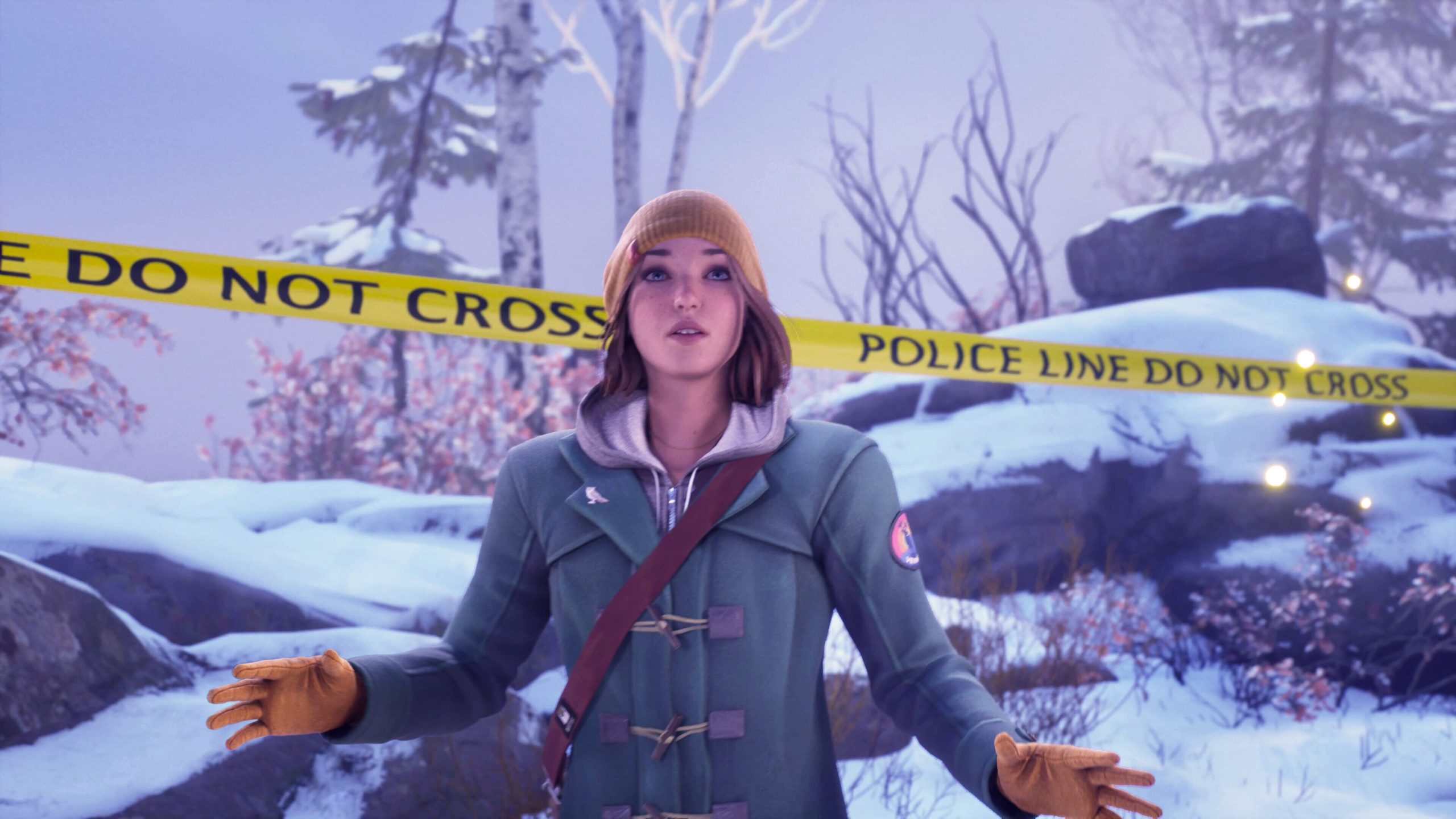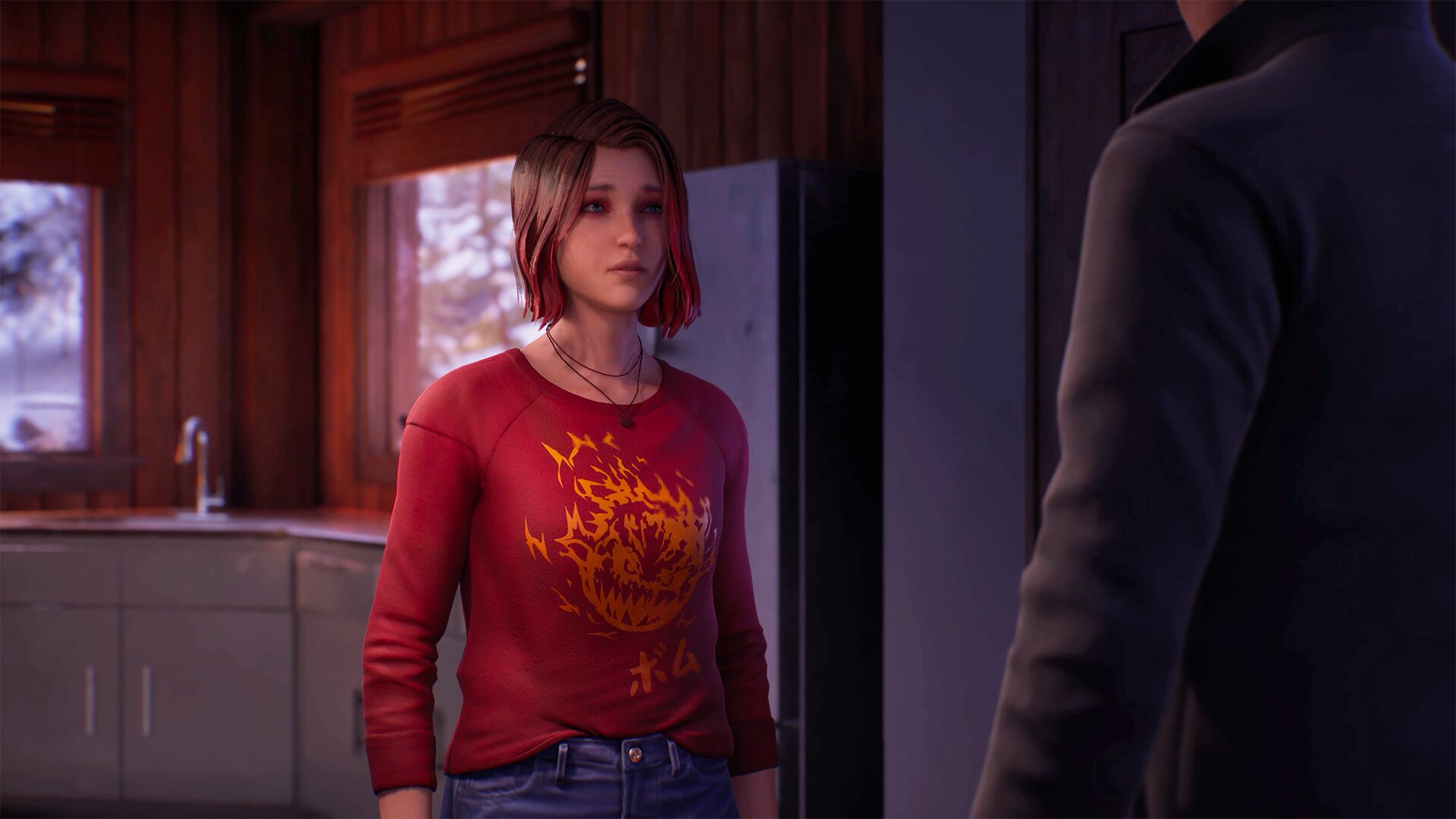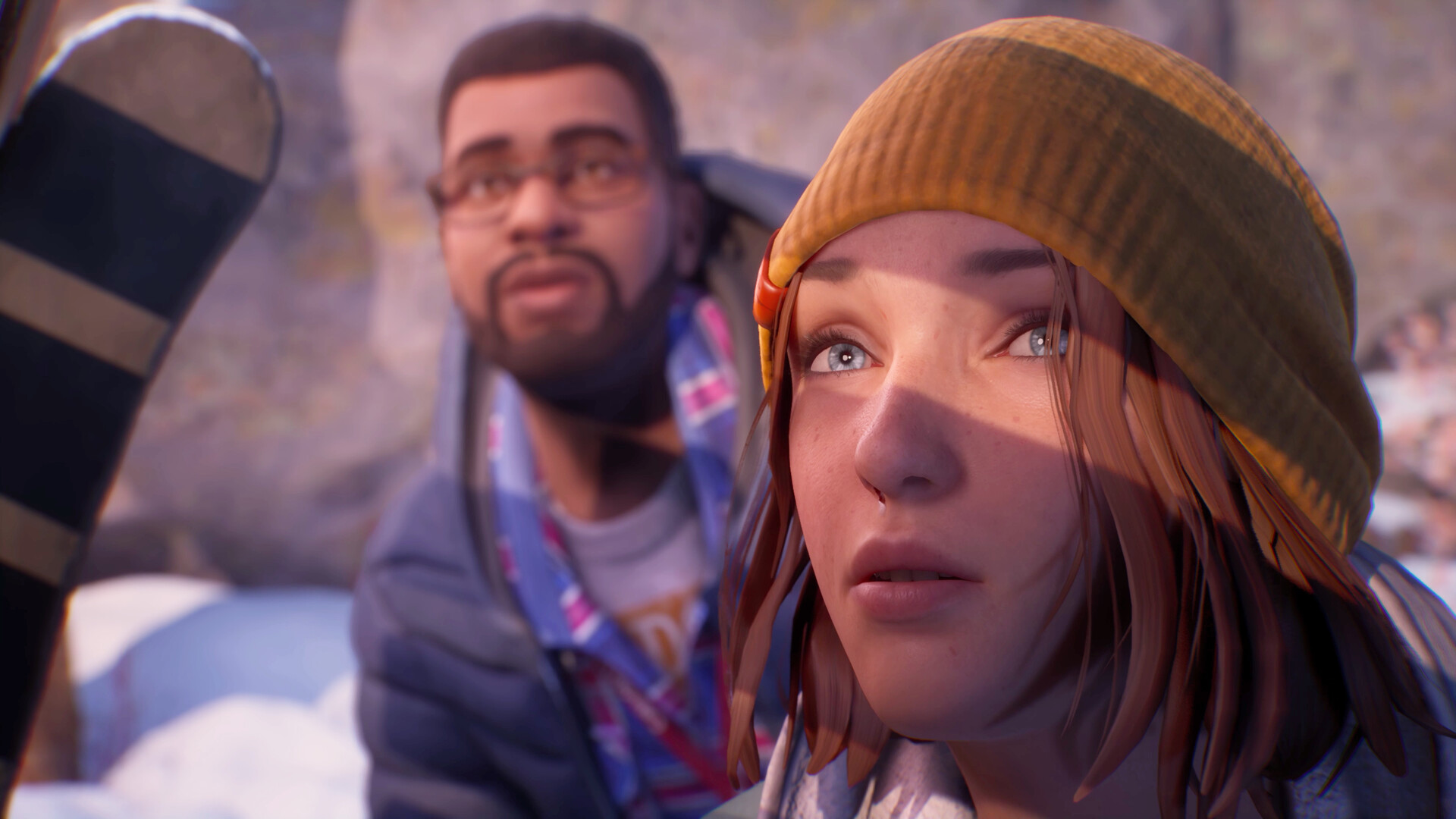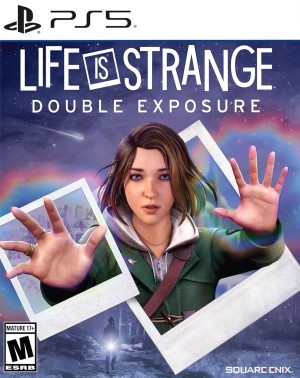
The Life is Strange series has told several strong stories with unforgettable characters across its multiple instalments, but chances are, if you ask a series fan what their favourite entry is, they’re going to go with the original. Dontnod Entertainment and Square Enix’s 2015 original still holds a special place in the hearts of many, and with Life is Strange: Double Exposure, developer Deck Nine – the current custodian of the franchise – has undertaken the responsibility of delivering a sequel, with beloved protagonist Max Caulfield stepping back into the limelight.
The decision to go back to Max and make a direct follow-up to the original game raised more than a few eyebrows, with many wondering how Double Exposure would be able to not only justify its own existence, but also do justice to the original by telling a new story around Max that feels strong enough to stand toe-to-toe with what we’ve experienced in the past. And while nothing will ever have the sort of impact that the original Life is Strange did nearly a decade ago, I can confidently say that Double Exposure is a worthy sequel. It’s a welcome return for Max, a meaningful follow-up to her original story, and an excellent new entry in the franchise, telling what might be one of its strongest stories to date.
"While nothing will ever have the sort of impact that the original Life is Strange did nearly a decade ago, I can confidently say that Double Exposure is a worthy sequel. It’s a welcome return for Max, a meaningful follow-up to her original story, and an excellent new entry in the franchise, telling what might be one of its strongest stories to date."
Set ten years after the original, in Double Exposure, we find Max at Caledon University in Vermont, where she works as the resident photographer, the days of her time manipulation powers long in the past, but still a very distinct memory. The peace and quiet she has found in her life, however, is soon upended when she finds her best friend Safi dead in the snow, following which her old powers awaken again, but this time allowing her not to rewind time, but two jump between two different timelines- her own timeline, and one where Safi isn’t dead. Now, she hopes to use her powers to not only find out who killed her friend, but try and prevent the same from happening in the other timeline- all with the knowledge that the last time she relied too much on her time manipulation powers, things did not end well.
The setup is a gripping one, and the game does an incredible job of stacking layer upon layer as it hones in on its central mystery, and on more than a few occasions, it caught me by surprise with its twists and reveals. Just as crucial to the game’s storytelling strengths, meanwhile, is Double Exposure’s cast of characters. There’s Max herself, of course, who continues to be a wonderfully endearing character, just as she was in the series’ debut outing, while she’s surrounded by a diverse cast of excellently developed personalities. From instantly lovable friends to complicated characters with complicated pasts to those that you simple love to hate to everything in between, Double Exposure’s cast is packed with several strong, well-written, and wonderfully acted characters who each leave their own mark and earn their place in the story.
But though Double Exposure’s story does largely serve as a self-sufficient one that doesn’t really require any prior reading, this is, at the end of the day, Max Caulfield’s second big adventure- so how well does it serve the role of being a sequel? On that front, I think the game does a good job of balancing between being a standalone entry and following up on the first game. Without going into spoilers for either of the two instalments, Double Exposure does take both of the first Life is Strange’s endings into account, allowing you to choose which of the two you want to go with, and from that point forward, by and large, Max’s life in Arcadia Bay – from her history with Chloe to her time rewind powers – is largely background stuff that you’ll find plenty of references to in texts, journal entries, conversations, and what have you, while the game sets up its own largely separate story.
"Double Exposure effectively toes the line between telling its own story for newcomers to enjoy without having to worry about required reading, and telling a story that will returning fans will find sufficiently rewarding."
Of course, that’s not quite as true in the back half of the game, where the story does start throwing in stronger and more overt elements that are tied directly to Max’s time in Arcadia Bay- which is about as much as I can say without going into spoilers. Suffice to say, by and large, I think Double Exposure effectively toes the line between telling its own story for newcomers to enjoy without having to worry about required reading, and telling a story that will returning fans will find sufficiently rewarding.
The game’s choice-and-consequence mechanics, meanwhile, are also typically strong. Life is Strange games have never failed to stick the landing in that area, and Double Exposure doesn’t disappoint either. On more than a few occasions, the game threw me into moments of decision where I genuinely had to take pause and think about the choices I was being presented with, and about what the potential ramifications of my actions would be, and that was true not only with big, weighty decision, but also relatively more intimate and less significant choices.
That’s not to say the game has no storytelling issues. As has often been the case with this franchise over the years, Double Exposure isn’t always the best written game. To be fair, it certainly is one of the series’ better written entries, and as is usually the case with the Deck Nine instalments, the dialog largely feels pretty organic and natural. There are times, however, where some of the interactions between characters can feel a bit awkward or stilted, while the game also does tend to occasionally rely on mildly frustrating contrivances to create what feels like unearned tension or drama. That doesn’t happen too often, but when it does, it’s quite noticeable, and it does hurt the credibility of the rest of the story in turn, even if it’s by a little bit.
"On more than a few occasions, the game threw me into moments of decision where I genuinely had to take pause and think about the choices I was being presented with, and about what the potential ramifications of my actions would be."
On the gameplay front, Double Exposure plays exactly the way you’d expect a Life is Strange game to play. Caledon University is a strongly realized setting, and walking around in its snowy environments across two timelines is usually quite enjoyable, whether you’re investigating interesting things in your surroundings, engaging in conversations with any number of characters, finding optional items and collectibles, or simply strolling through pleasant environments.
Max’s new time powers, meanwhile, also elevate the gameplay in their own way. Max has the ability to jump between two timelines, while she can also see and hear across timelines into whichever one she isn’t currently in at the moment. Both of those powers are used for puzzles time and again, and though things never get too complicated, Double Exposure does keep finding ways to make Max’s powers fun and engaging to use. In fact, “simple yet engaging” is a perfect way to describe the gameplay experience here as a whole, which, again, is exactly what you’d expect from a Life is Strange game.
Visually, meanwhile, Double Exposure is largely an impressive game. It won’t take your breath away by any means, but from the environments to the character models to their animations, the game does look pretty sharp for the most part. It does have its rough edges – I’ve run into texture pop-in issues, animation bugs, and some undeniably creepy facial movements during conversations – but nothing that comes close to being game-breaking in any way (in my experience, at least).
"Life is Strange: Double Exposure is an excellent sophomore outing for beloved protagonist Max Caulfield."
Life is Strange: Double Exposure is an excellent sophomore outing for beloved protagonist Max Caulfield. Given how sacred so many still hold the original, it was no surprise that there was some skepticism out there there over whether Deck Nine would be able to deliver a sequel that doesn’t just feel like a cheap, nostalgia-baiting cashgrab, but that is very much not the case. Double Exposure earns and justifies its existence from second one, and tells a gripping tale that will keep you hooked until the credits have rolled.
This game was reviewed on the Xbox Series X.
Instantly gripping central premise; Tells an engrossing story from beginning to end; Choice-and-consequence mechanics will make you pause and think about your decisions; Serves as a satisfying follow-up to the original while also standing on its own two legs; Max Caulfield is a great protagonist, once again; An endearing and diverse cast of characters; Well-realized setting in Caledon University; New time powers are used well from both gameplay and storytelling perspectives; Looks great, by and large.
Occasionally sloppy writing; A few technical rough edges.





















